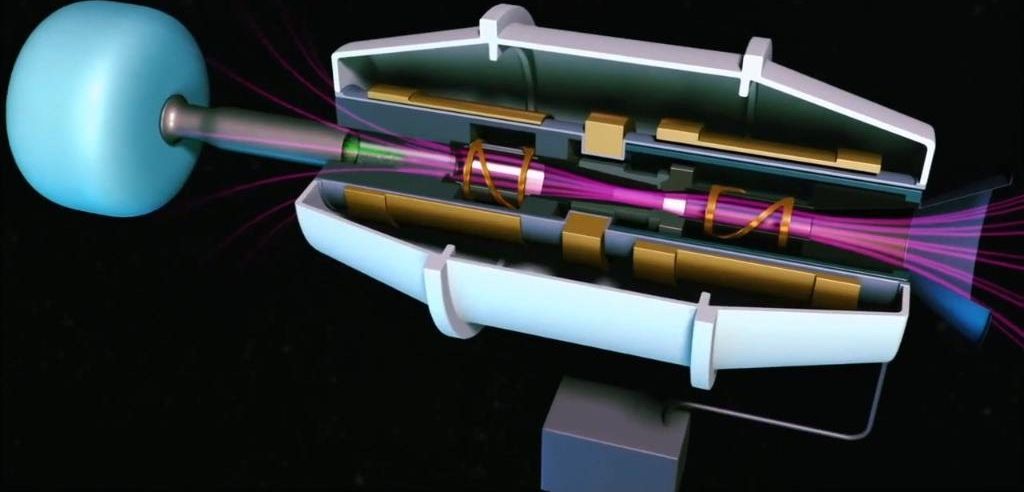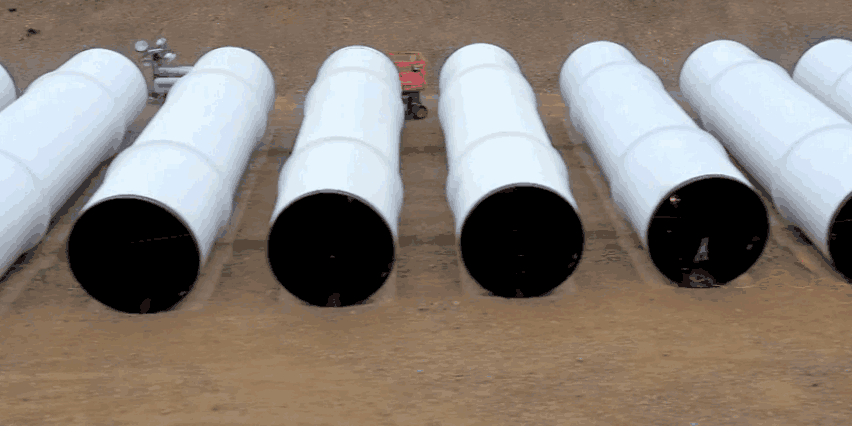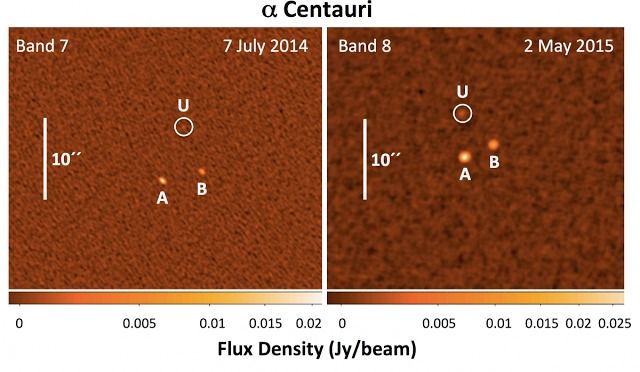Page 11544
Jan 7, 2016
A No Brainer? New Survey Indicates A Majority May Support Healthy Longevity
Posted by Robert James Powles in categories: health, life extension, neuroscience
A new survey has discovered a fear of frailty likely prevents widespread support of longevity, but if health is combined with years then it could well be a popular option.
Healthy longevity may convince people
According to the new survey, out of 1500 people 74.4% wished to live to 120 or longer if health was guaranteed, but only 57.4% wished to live that long if it wasn’t.
Jan 7, 2016
Beyond SpaceX: 10 space companies to watch in 2016 & 2017
Posted by Klaus Baldauf in categories: computing, space travel

While development is happening everywhere, these companies are the next big things to shoot past the stratosphere.
While a lot of end-of-the-year, turn-of-the-calendar roundups try to focus on the year that was or the year ahead, the space industry is very different. Developments are planned further in advance, so some of the qualifying news that gets companies on this list isn’t scheduled to happen until 2017. The industry is small compared to cloud computing or cybersecurity, for example, but the rate of growth is tremendous. There seems to be a cultural solidarity with spacetech on account of its tightly-knit history of cooperation and the still limited number of private companies that can facilitate space flight.
Jan 7, 2016
More information emerges about new proposal to solve black hole information loss problem
Posted by Andreas Matt in category: cosmology
Last year August, Stephen Hawking announced he had been working with Malcom Perry and Andrew Strominger on a solution to the black hole information loss problem, and they were closing in on a solution. But little was explained other than that this solution rests on a symmetry group by name of supertranslations.
Jan 7, 2016
New Video Shows Hyperloop Tubes Sitting in the Nevada Desert
Posted by Klaus Baldauf in categories: Elon Musk, transportation
Elon Musk’s vision of the Hyperloop — a lightning-fast transportation system that would shuttle passengers at speeds nearing 700-mph using low pressure tubes and air compressors — is slowly coming to fruition in the Nevada desert.
In fact, the first ever Hyperloop tubes are neatly lined up in a ditch, waiting to be assembled and then later tested by Hyperloop Technologies at a site in North Las Vegas.
Jan 7, 2016
I drove the 6,600-lb ‘car’ that NASA designed for astronauts on Mars, and I’ll never see space
Posted by Klaus Baldauf in categories: space, transportation
Jan 6, 2016
Atacama Large Millimeter/submillimeter Array may have found Super-Earth in our solar system
Posted by Sean Brazell in category: space
Now this is something you don’t hear every day.
Or week.
Or year.
Jan 6, 2016
Alien Life May Be Hiding in These Brilliant Star Clusters
Posted by Sean Brazell in category: alien life
We shall see. We shall see. wink
For three decades, humans have searched for signs of intelligent life beyond Earth, and yet we’ve only sampled a tiny drop of our vast cosmic ocean. If we’re ever to find a radio-hot, spacefaring civilization, we need to know where to point our telescopes.
But the answer may be simpler than we thought. According to a new study, there are roughly 150 brilliant patches of space that deserve our attention.
Continue reading “Alien Life May Be Hiding in These Brilliant Star Clusters” »
Jan 6, 2016
Gene Editing Treats Disease In A Living Animal For The First Time
Posted by Roy in categories: biotech/medical, futurism

In a landmark study, researchers have used gene editing system CRISPR-Cas9 to treat a model of Duchenne muscular dystrophy in mice
Proof of concept for future human treatment
Continue reading “Gene Editing Treats Disease In A Living Animal For The First Time” »
Jan 6, 2016
NASA’s New VASIMR Plasma Engine Could Reach Mars in 39 days
Posted by Klaus Baldauf in categories: energy, space travel

https://youtube.com/watch?v=TiZuG9K_xso
NASA recently provided $10 million in funding to Ad Astra Rocket Company of Texas for further development of its Variable Specific Impulse Magnetoplasma Rocket (VASIMR), an electromagnetic thruster capable of propelling a spaceship to Mars in just 39 days. NASA’s funding was part of the “12 Next Space Technologies for Exploration Partnership.” Ad Astra’s rocket will travel ten times faster than today’s chemical rockets while using one-tenth the amount of fuel.
The VASIMR system would cut the trip to Mars by months according to Franklin Chang Diaz, a former MIT student, NASA astronaut, and now CEO of Ad Astra.
Continue reading “NASA’s New VASIMR Plasma Engine Could Reach Mars in 39 days” »














